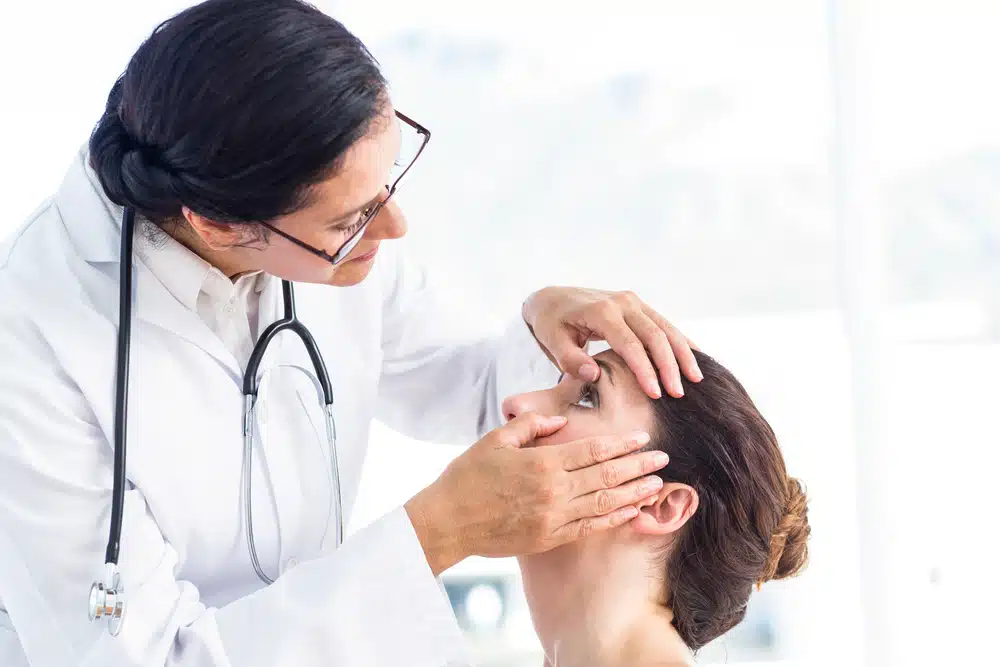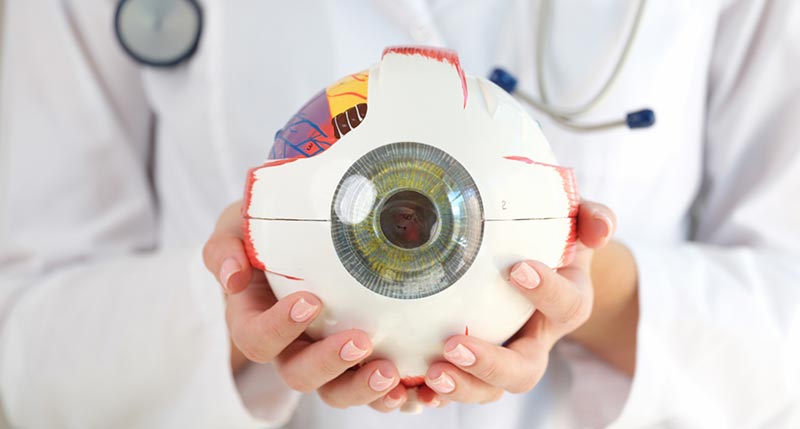The Comprehensive Eye Exam: What to Anticipate During Your Visit to the Eye Doctor
A browse through to the eye medical professional for a detailed eye test is greater than a regular exam; it is a vital action in guarding your aesthetic health and wellness. From the preliminary conversation of your case history to the accuracy of the aesthetic acuity examination, each component of the test offers a specific objective. However exactly what occurs during the eye health evaluation, and exactly how does it affect the prescription process? Comprehending these aspects is important for those who desire to preserve ideal vision. As we explore each element, the significance of follow-up recommendations will certainly also come to be clear.
Initial Assessment
The initial consultation during an eye test functions as a critical structure for recognizing a client's visual health and wellness needs. This stage sets the tone for the entire evaluation procedure, enabling the optometrist to gather vital details regarding the patient's case history, way of life, and specific vision issues. By carefully reviewing any type of pre-existing problems, medicines, or previous surgeries, the eye care professional can customize the assessment to deal with private requirements effectively.

Moreover, the first appointment is a chance for individuals to voice any kind of concerns or problems, promoting a collective connection with their doctor. This communication not just ensures that the client feels educated and comfy yet also empowers them to participate actively in their eye health and wellness administration. Collectively, these conversations enable the optometrist to design a personalized exam strategy, making sure ideal care and specific medical diagnosis.
Aesthetic Acuity Test
Beginning the core components of an eye exam, the visual acuity test is designed to examine the sharpness and clearness of an individual's vision. This essential examination aids identify how well a person can determine letters or icons at a standardized distance, usually utilizing a Snellen graph (Eye Doctor). The chart consists of rows of letters that decrease in size from leading to bottom, with the client placed at a traditional distance of 20 feet
Throughout the test, the person is asked to cover one eye and read aloud the smallest line of letters they can see plainly. This process is duplicated for the various other eye. The outcomes are tape-recorded as a fraction, with 20/20 vision indicating typical aesthetic skill-- where the individual can see at 20 feet what a person with normal vision can see at that distance.
The visual skill examination also determines possible refractive mistakes such as hyperopia, astigmatism, or myopia, which may demand rehabilitative lenses. By establishing a standard of aesthetic efficiency, the examination is a crucial analysis tool that assists the eye treatment specialist in developing a suitable treatment plan tailored to the individual's one-of-a-kind aesthetic demands.
Eye Wellness Evaluation
Adhering to the aesthetic skill examination, a thorough eye health assessment is performed to make certain the overall wellness of the eyes. This vital section of the eye examination includes a comprehensive assessment of both the external and inner frameworks of the eye. The ophthalmologist or optometrist starts by analyzing the eyelids, cornea, conjunctiva, and sclera for any kind of indicators of infection, swelling, or irregularities. Utilizing specialized tools like a slit light, the practitioner obtains an amplified view of the eye's anatomy, allowing detailed inspection.
Following, interest changes to the internal frameworks. Via the usage of ophthalmoscopy or fundus digital photography, the retina, optic nerve, and blood vessels are diligently assessed. This action is crucial for identifying problems such as retinal detachment, glaucoma, or diabetic person retinopathy. In numerous instances, pupil expansion is done to improve visibility of the interior eye frameworks, although this might cause short-lived light level of sensitivity for the person.
In addition, intraocular stress is measured to screen for glaucoma danger. This is typically done using tonometry, which can detect elevated pressure levels that might suggest prospective damages to the optic nerve. Jointly, these analyses develop an extensive analysis to preserve ocular health and wellness.
Refraction and Prescription
Refraction is an innovative treatment conducted by eye care specialists to figure out the exact lens power needed to remedy refractive errors such as nearsightedness, presbyopia, astigmatism, and hyperopia. The objective of this procedure is to evaluate how light bends as it passes with the eye, allowing the professional to identify this post whether corrective lenses are required for improved aesthetic acuity.
Throughout the refraction process, the client is asked to browse a phoropter, a tool that consists of various lenses. The practitioner will methodically alter these lenses and ask the patient to contrast quality between options up until the most effective feasible vision is accomplished. This procedure is critical in crafting a precise prescription that defines the suitable lens power for glasses or contact lenses.
The prescription originated from this procedure not only enhances vision yet also serves as a structure for selecting ideal restorative glasses. It is necessary to make certain that prescriptions are regularly updated, as adjustments in vision can occur in pop over to these guys time, emphasizing the importance of regular eye assessments. This meticulous focus to detail assists keep clear, comfy vision in life.
Follow-Up Referrals

During a follow-up go to, the eye doctor will carry out a series of tests to examine aesthetic acuity and check for any adjustments in vision that could demand an upgrade to the prescription. Furthermore, the follow-up provides a possibility to talk about any type of discomfort or issues experienced with existing eyewear. Adjustments can be made to make certain convenience and effectiveness, whether with lens modification or structure modifications.
For clients with recurring problems such as glaucoma, diabetes-related eye concerns, or macular deterioration, even more constant follow-ups might be needed. These visits are vital for managing and possibly reducing the development of eye disease. Sticking to these suggestions can substantially add to preserving aesthetic wellness and avoiding lasting issues.
Conclusion
The comprehensive eye examination is an important procedure for keeping aesthetic health and wellness, including a thorough analysis of clinical background and vision problems. Trick parts consist of the aesthetic skill examination, which reviews sight quality, and the eye health evaluation, which checks out the total problem of the eyes.
A browse through to the eye doctor for a detailed eye exam is more than a routine examination; it is an essential action in guarding your aesthetic health and wellness.Kicking off the core parts of an eye assessment, the aesthetic acuity test is created to analyze the intensity and clearness of a client's vision.Following the visual acuity test, a comprehensive eye wellness analysis is conducted click for more info to ensure the total wellness of the eyes. These check outs allow the eye treatment expert to monitor adjustments in vision, upgrade prescriptions, and analyze the overall health and wellness of the eyes. Key parts include the visual acuity examination, which assesses sight clearness, and the eye wellness evaluation, which analyzes the total problem of the eyes.